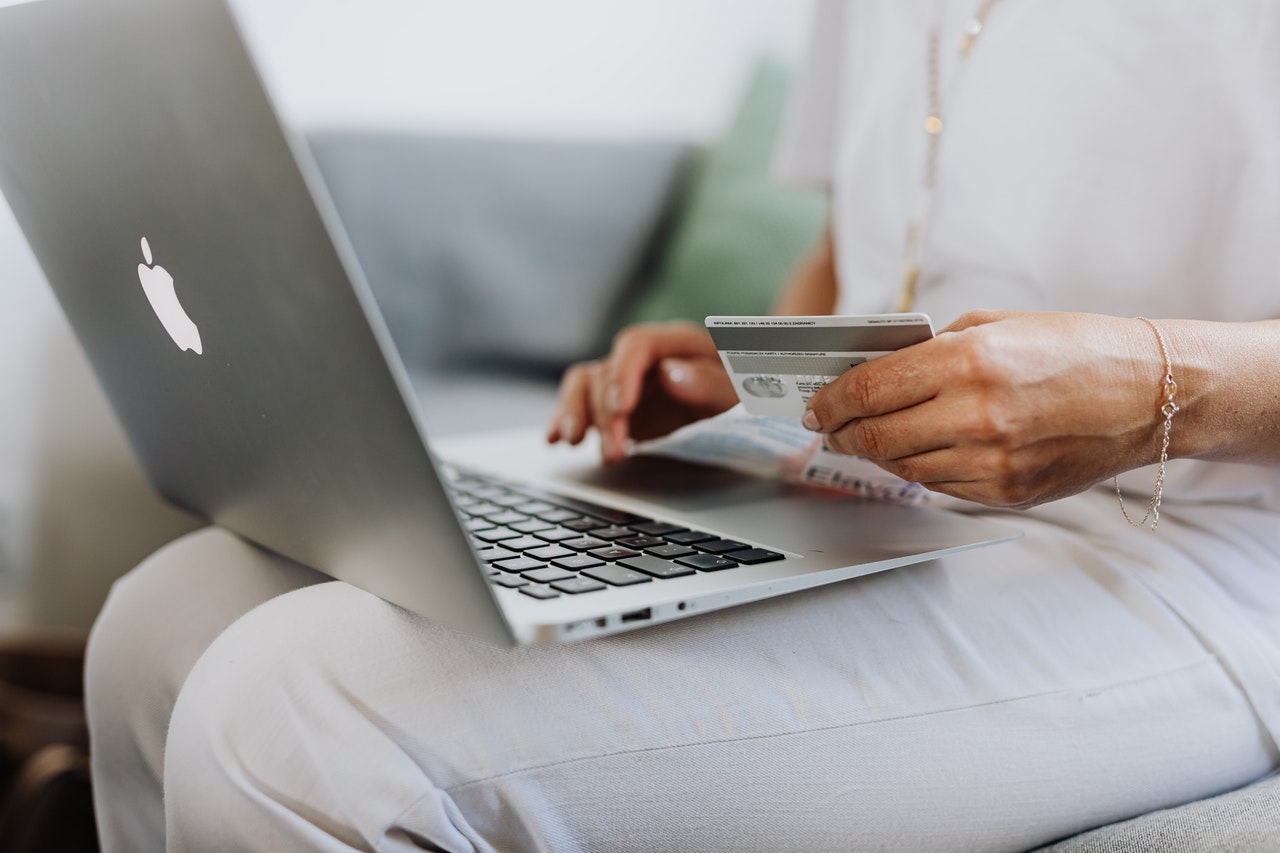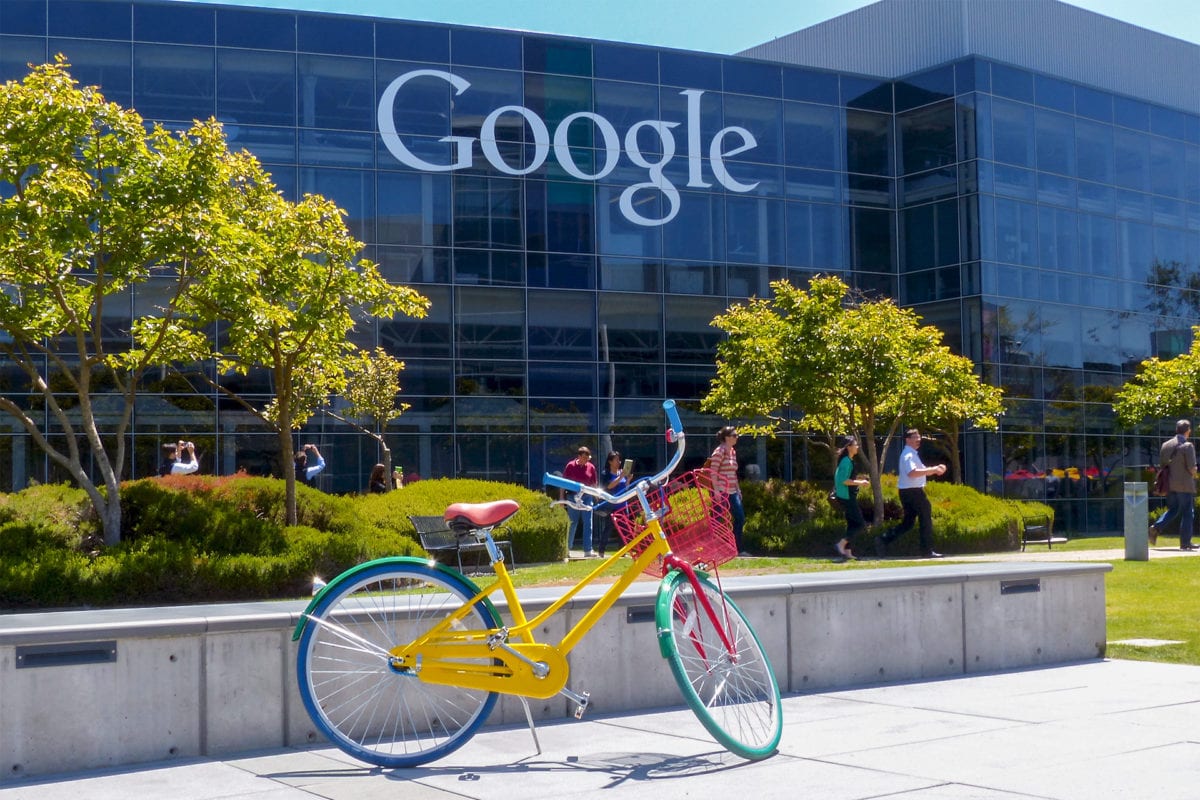Whether CERB or CRB, both were lifelines to Canadians who desperately required them in the spring and fall of 2020. Back then, several other financial assistance options were rolled out in the opening days of COVID.
Now that 2022 has arrived, new financial help can be found for low-income clients seeking assistance through unbanked/underbanked services.
To Bank or Not to Bank
Not as easy a question to answer as you might think.
“Unbanked” simply refers to a person or household without a savings or chequing account at an insured FDIC institution.
Someone who is “underbanked”, however, is a person or household who does have one of the aforementioned accounts with an insured FDIC institution, but chooses to regularly use alternative financial services such as credit cards, cheque-cashing services, or short-term payday loans—all of which can be rather expensive.
According to an FDIC study, the primary reason people choose not to bank is that they believe they do not have sufficient funds to maintain an account or meet the minimum balance requirement. People choose to forego traditional bank accounts for reasons ranging from bank fees to inconvenience to distrust.
To aid low-income clients, a variety of steps need to be taken to reach the unbanked/underbanked:
• Creating mobile banking apps
• Decreasing the reliance on “brick-and-mortar” branches
• Eliminating obstacles (both physical and mental)
• Expanding options for credit or loans
• Offering prepaid contracts
• Turning to local resources
• Creating opportunities for financial literacy
Acknowledging the unbanked/underbanked opportunity before them, traditional banks are adapting their risk portfolios.
You might think this doesn’t affect your company. However, there are approximately 1.7 billion people around the world who fall into the category of unbanked or underbanked as of 2017. The World Bank estimates that about 225 million of those people are in China and 190 million in India. In the U.S. alone, it is estimated that there are 55 million adults who are unbanked or underbanked.
The financial services company Accenture has indicated that banks could add $380 billion a year in revenue if they reached out to the unbanked or underbanked in emerging markets.
But banks and financial institutions are not the only businesses who could profit from reworking their business models to engage the unbanked or underbanked.
The Power of Fintech
Simply put, fintech (financial technology) adds value to any company.
By adding value to organizations in a number of ways, fintech companies are not just disrupting financial institutions, they are altering business as we know it—making fintech a necessity in any company and any industry.
As Angela Strange of Andreessen Horowitz (a16z), a Silicon Valley venture capital firm, puts it, “In the not-too-distant future, I believe nearly every company will derive a significant portion of its revenue from financial services.”
Some of the non-financial services companies that have benefitted from adopting fintech are:
• Amazon Pay: Having acquired the SMS payment service, TextPayMe, Amazon Pay has gone on to report over 300 million customers in 170 countries and, in recent years, has issued over $3 billion in merchant cash advances.
• Wayfair: By partnering with Klarna, Wayfair enabled its UK customers more flexible payment options such as paying immediately, paying later, or paying in three no-interest/ no-fees equal installments. By partnering with Comenity, Wayfair was able to offer its customers a credit card with rewards for products purchased through Wayfair. In 2016, Wayfair’s online sales saw an increase of 60 per cent.
• Uber Money: A program that offers real-time payments so drivers have instant access to their money; debit & credit cards allowing Uber customers to get cashback on the Uber platform; and Uber Wallet, which allows Uber earners to manage all their money from one place. All this helps Uber capitalize on the vast gig economy, as well as on the emergence of “headless banking” (banking applications embedded into consumer-facing or internal banking systems).
Not Reinventing the Fiscal Wheel
The issues and potential solutions are nothing new. Nearly 20 years ago, John P. Caskey laid them out in an article entitled “Bringing Unbanked Households into The Banking System.” He explained that other than the conventional products in consumer banking, the “outlets” (special bank branch offi ces conveniently located for lower-income households) should focus on five unconventional services:
• Fee-based cheque cashing services
• A basic savings account that has low minimum-balance requirements that cannot be overdrawn and includes access to low-cost money orders for making long-distance payments
• Deposit accounts designed to help people accumulate savings
• Deposit-secured emergency loans to individuals whose credit histories would make them ineligible for mainstream credit
• Budget-management and credit-repair seminars that could be provided by community-based organizations with which the outlets can partner
“Such an outreach strategy,” Caskey stated, “is likely to be far superior to traditional bank outreach efforts.”
Bank on It
You might think that adjusting your company’s model to engage the unbanked/underbanked does not affect your company—you may be right. But are you willing to take that chance and allow your competitor, who has proved their forward-thinking flexibility by making those adjustments, to reap the rewards? Be the first mover and gain the advantage.
Peter Campbell | Contributing Writer



















